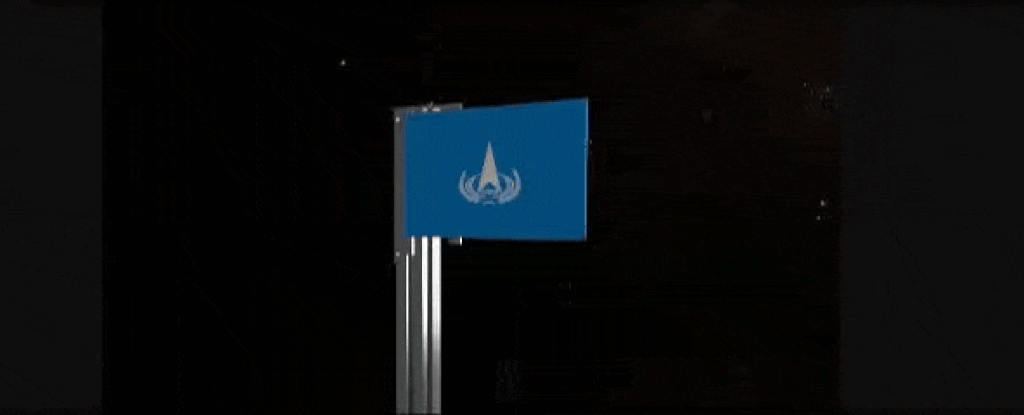Galaxy Cores May be Giant Fuzzy Dark Stars
A fuzzy form of dark matter may clump up to become the cores of galaxies, according to new research. The traditional dark matter hypothesis, that it’s some form of cold, massive particle that hardly ever interacts with itself or with normal matter, has some difficulties. In particular, it can’t quite explain the dense cores of … Continue reading "Galaxy Cores May be Giant Fuzzy Dark Stars" The post Galaxy Cores May be Giant Fuzzy Dark Stars appeared first on Universe Today.

A fuzzy form of dark matter may clump up to become the cores of galaxies, according to new research.
The traditional dark matter hypothesis, that it’s some form of cold, massive particle that hardly ever interacts with itself or with normal matter, has some difficulties. In particular, it can’t quite explain the dense cores of galaxies. Cold, heavy dark matter tends to produce extremely dense cores, far denser than what we observe.
But dark matter might be something else. Recently astronomers have hypothesized that dark matter might instead be incredibly light, far lighter than any known particle. This “fuzzy” dark matter would allow the quantum wave nature of the particles to manifest on macroscopic – even galactic – scales, allowing them to form large, diffuse clumps known as “dark stars.”
Dark stars can be incredibly huge, stretching for thousands of light-years, while still having relatively low density. This would match observations of galaxy cores, which makes this an intriguing hypothesis to follow.
In a recent letter appearing in the preprint server arXiv in December, an international collaboration of astrophysicists explored how galaxies might evolve in response to fuzzy dark matter. For this first step, they did not attempt to fully recreate an entire complex galaxy. Instead they built a simple toy model containing only two components: a large fraction of fuzzy dark matter and a smaller fraction of a simple, ideal gas.
They then simulated how these two components would interact with each other and evolve. They found that no matter how they start off, normal matter and fuzzy dark matter quickly find an equilibrium, with the two kinds of matter mixing together to make a large, stable core, surrounded by a cloud of dark matter.
The researchers pointed out that this would serve as the ideal representation of a galactic core, which contains higher – but not too high – densities of normal matter. This is the first step to confirming a key prediction of the fuzzy dark matter model. However, there is still a lot of work to be done. The next step is to build even more realistic simulations of the growth and evolution of galaxies, tracking how fuzzy dark matter, and the dark stars they create, influences their local environments. Then we can take those results and compare to observations to see if this idea is worth investigating even more.
The post Galaxy Cores May be Giant Fuzzy Dark Stars appeared first on Universe Today.
What's Your Reaction?







































